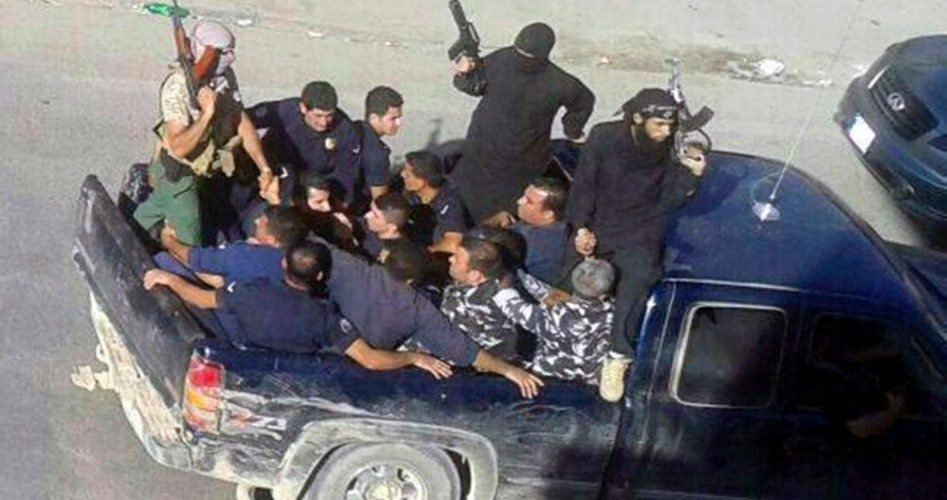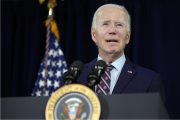
Despite the conclusions of a secret CIA study which found that arming rebels hardly ever results in toppling governments, the Obama administration plunged ahead toward arming the Syrian rebels. The New York Times reported October 14 that the Obama administration commissioned a study on the feasibility of arming Syrian rebels in 2012 that prognosticated failure, and quite possibly, disaster.
The story by New York Times reporter Mark Mazzetti reported that:
One of the things Obama wanted to know was: “Did this ever work?” said one former senior administration official who participated in the debate and spoke anonymously because he was discussing a classified report. The CIA report, he said, “was pretty dour in its conclusions.”
Mazzetti continued:
One exception, the report found, was when the C.I.A. helped arm and train mujahedeen rebels fighting Soviet troops in Afghanistan during the 1980s, an operation that slowly bled the Soviet war effort and led to a full military withdrawal in 1989…. But the Afghan-Soviet war was also seen as a cautionary tale. Some of the battle-hardened mujahedeen fighters later formed the core of Al Qaeda and used Afghanistan as a base to plan the attacks on Sept. 11, 2001.
Faced with such a lone “success” story, some may find it difficult to fathom why an administration that has professed concerned with keeping Americans safe would engage in such a policy against a state which — though brutal — has not threatened U.S. territory or American citizens. President Obama cannot claim ignorance of the CIA study, as he made public mention of it in a January 2014 interview with the New Yorker magazine, stating:
Very early in this process, I actually asked the C.I.A. to analyze examples of America financing and supplying arms to an insurgency in a country that actually worked out well. And they couldn’t come up with much. We have looked at this from every angle. And the truth is that the challenge there has been, and continues to be … in that environment, our best chance of seeing a decent outcome at this point is to work the state actors who have invested so much in keeping Assad in power — mainly the Iranians and the Russians — as well as working with those who have been financing the opposition to make sure that they’re not creating the kind of extremist force that we saw emerge out of Afghanistan when we were financing the mujahideen.
Aid to the Syrian rebels commenced anyway, according to Mazzetti:
But in April 2013, President Obama authorized the C.I.A. to begin a program to arm the rebels at a base in Jordan, and more recently the administration decided to expand the training mission with a larger parallel Pentagon program in Saudi Arabia to train “vetted” rebels to battle fighters of the Islamic State, with the aim of training approximately 5,000 rebel troops per year.
That April 2013 decision may have been the second attempt to arm the Syrian opposition, according to several news sources, as recounted by The New American’s Senior Editor William F. Jasper and foreign correspondent Alex Newman. The Obama administration’s decision to arm the rebels in Syria followed closely after its successful support of an insurgency against Moammar Gadhafi in Libya, and shortly before U.S. Ambassador to Libya Christopher Stevens — who had led that aid and was presumed to be a point man on Obama’s Syrian policy — was killed in the September 11, 2012 attacks at Benghazi.
Photo: AP Images
Related articles:


